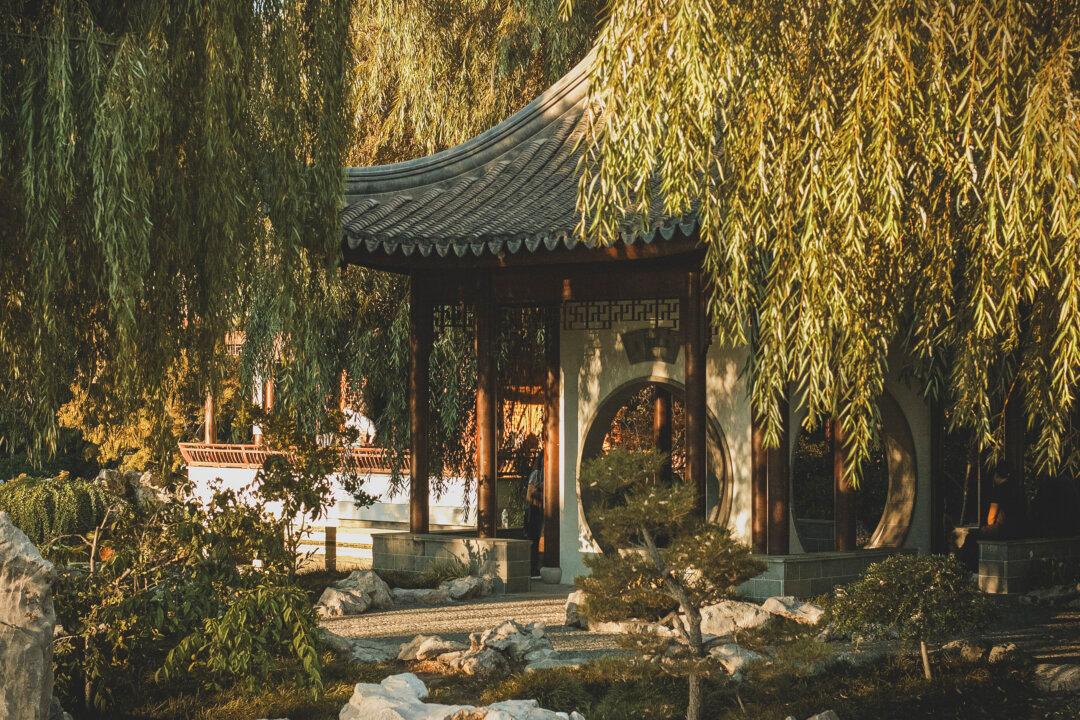“Enter as a hundred cares vanish. Laugh as the great river expands.” Couplet vertically inscribed at the entrance of the Chinese garden’s tea house.
Liu Fang Yuan, or The Garden of Flowing Fragrance, is an incredible 15-acre garden created in the traditional style of scholar gardens from the Ming Dynasty (1368-1644) in Suzhou, China. This breathtaking garden is the result of nearly two decades of international collaboration, uncompromising craftsmanship, and comprehensive attention to detail. Revolving around a central lake (Lake of Reflected Fragrance or Ying Fang Hu), the garden was artfully designed to be a “moving painting” composed of architectural structures, plants, trees, rare rocks, ornate walkways and bridges.





